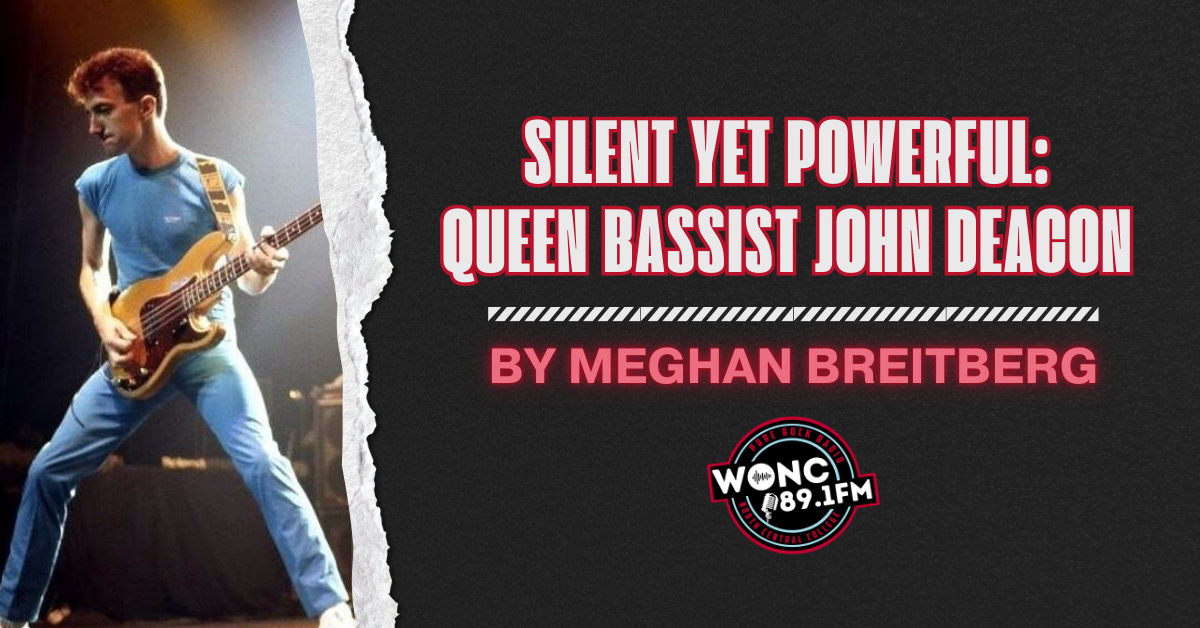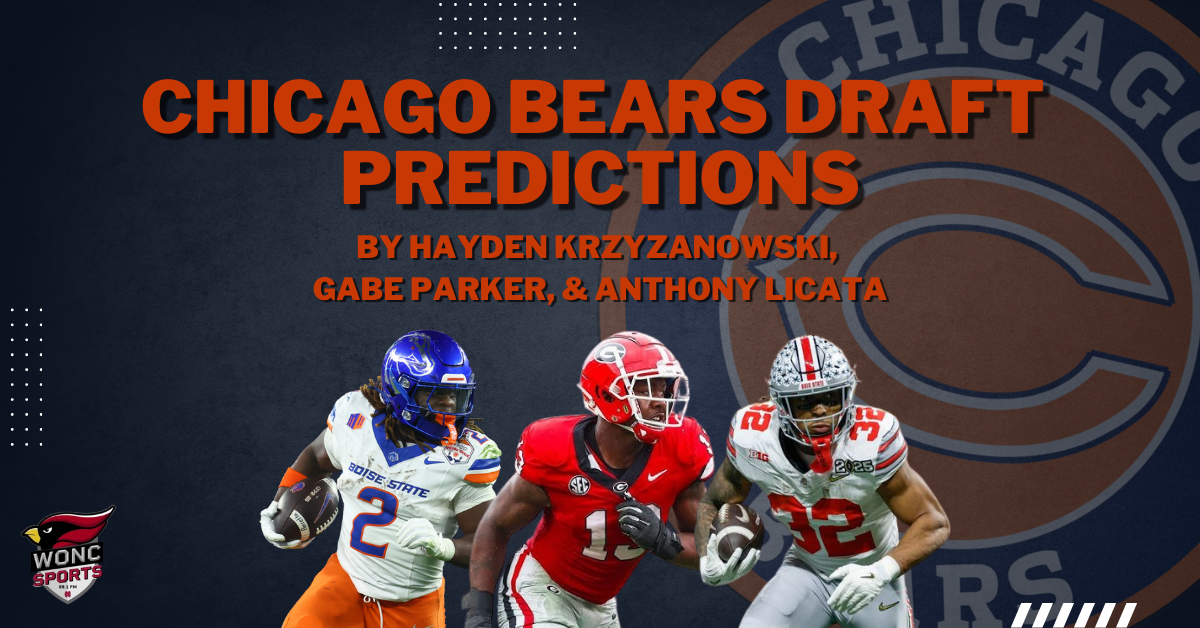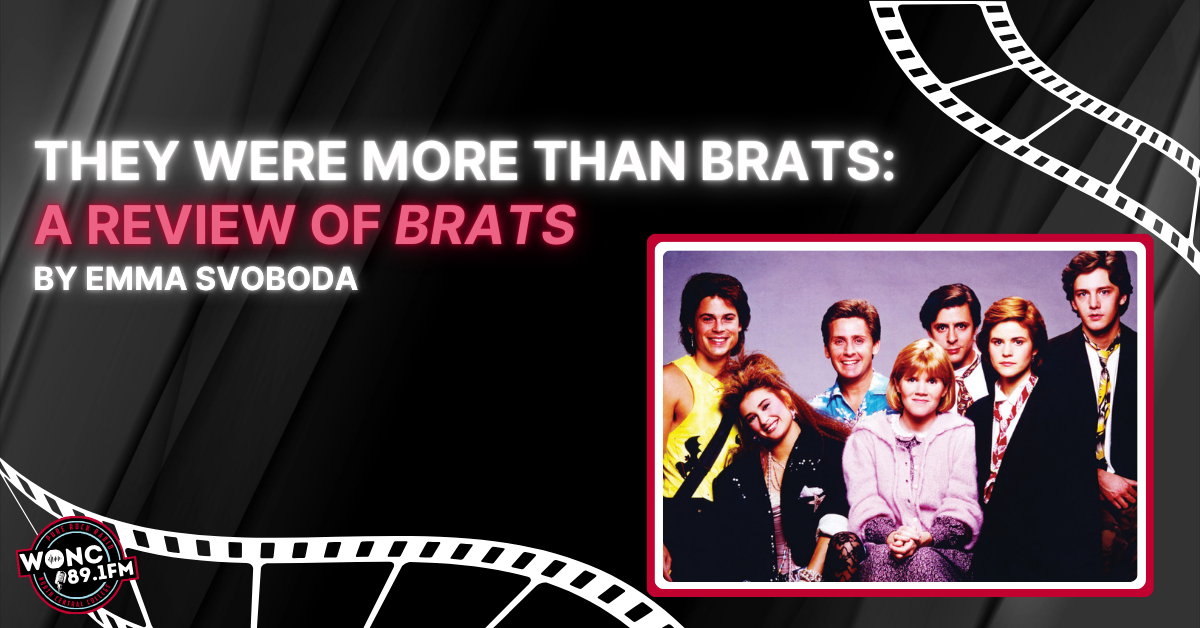by Ashly Rico
Nicholas Christian Hopkins, professionally known as Nicky Hopkins, shaped the sound of rock and roll by collaborating with the most iconic and influential acts of the 60s and 70s. From Jefferson Airplane’s Volunteers to Carly Simon’s breakthrough album No Secrets, London’s most sought-after session pianist contributed to over 250 albums. Although Hopkins played a key part in creating many of rock’s most legendary band’s music, he wasn’t always widely recognized.
Early Career and The Kinks
Nicky Hopkins’ first studio credits came with the collaboration of fellow British rockers The Kinks. Producer Shel Talmy invited Hopkins to record with The Kinks in 1965 after hearing from other session musicians rave about Hopkins’ undeniable skills. Hopkins played on four of their albums: The Kink Kontroversy (1965), Face to Face (1966), Something Else by The Kinks (1967), and The Kinks Are the Village Green Preservation Society (1968). The Kinks Are the Village Green Preservation Society was the last time Hopkins and the band collaborated due to a falling-out that occurred with Ray Davies. He was disgruntled when Davies took credit for the piano work he’d done on the album; Hopkins claimed he played “about seventy percent” of the keyboard parts on Village Green and was upset that he wasn’t properly credited nor compensated for his contributions.
The Who
In 1965, Shel Talmy once again invited Nicky Hopkins to play the piano for another album he was producing, the Who’s debut album, My Generation. Hopkins collaborated with the band again in 1968 on the single “Dogs” and in 1971 on their landmark album Who’s Next, adding unforgettable piano parts to songs like “Song is Over” and “Getting in Tune.” Pete Townshend once offered Hopkins a full-time role in the Who and despite his contributions, Hopkins didn’t accept his offer.
The Rolling Stones
Hopkins was closely associated with The Rolling Stones, appearing on almost all their studio albums from Their Satanic Majesties Request (1967) to Tattoo You (1981), excluding Some Girls (1978). He first recorded with the Stones in 1967, shaping tracks like “She’s a Rainbow” and “Sympathy for the Devil” with his iconic piano and harpsichord melodies. In addition to his studio work, Hopkins toured with The Rolling Stones, playing on their 1971 Good-Bye Britain Tour, as well as their 1972 North American tour and 1973 Pacific tour.
The Jeff Beck Group
In 1968, Hopkins joined Jeff Beck’s group, playing on the albums Truth (1968) and Beck-Ola (1969). During this time, he also briefly considered joining Led Zeppelin – then known as the New Yardbirds – when fellow session musician Jimmy Page invited him to join the band in 1968. Hopkins ultimately declined this invitation as well, as he was unsure about the band’s success.
West Coast Scene
Hopkins toured the United States alongside the Jeff Beck Group until the members parted ways in 1969. Now residing in the coastal United States, Hopkins became an integral part of the San Francisco psychedelic scene. He played on Jefferson Airplane’s Volunteers (1969) and performed with them at Woodstock in 1969. He was also a full-time member of Quicksilver Messenger Service from 1969 to 1970, contributing to the albums Shady Grove (1969), Just for Love (1970), and What About Me (1970).
The Beatles
The glorious electric piano solo in the Beatles’ “Revolution” was improvised by Nicky Hopkins in one take. As evidence for Hopkins’ continued feelings of lack of appreciation in the music industry, a copy of the receipt from EMI Records details that Hopkins only received six pounds ten shillings (around $120 today) in royalties for his work with the Beatles.
Hopkins continued his collaboration with the Fab Four when they went solo. His works include Ringo Starr’s eponymous third album, George Harrison’s Living in the Material World (1973), and Paul McCartney’s Flowers in the Dirt (1989). Hopkins worked alongside John Lennon on nearly every track on his Imagine album. His performance on “Jealous Guy” remains one of his most highly praised contributions in his career.
Legacy
As producer Shel Talmy said, “Nicky wasn’t just playing on the song, he was helping to shape it.” Hopkins’ influence is still felt today, even though his name may not be as well-known as those of the stars he worked with. His legacy as a key figure in rock history remains undeniable.







